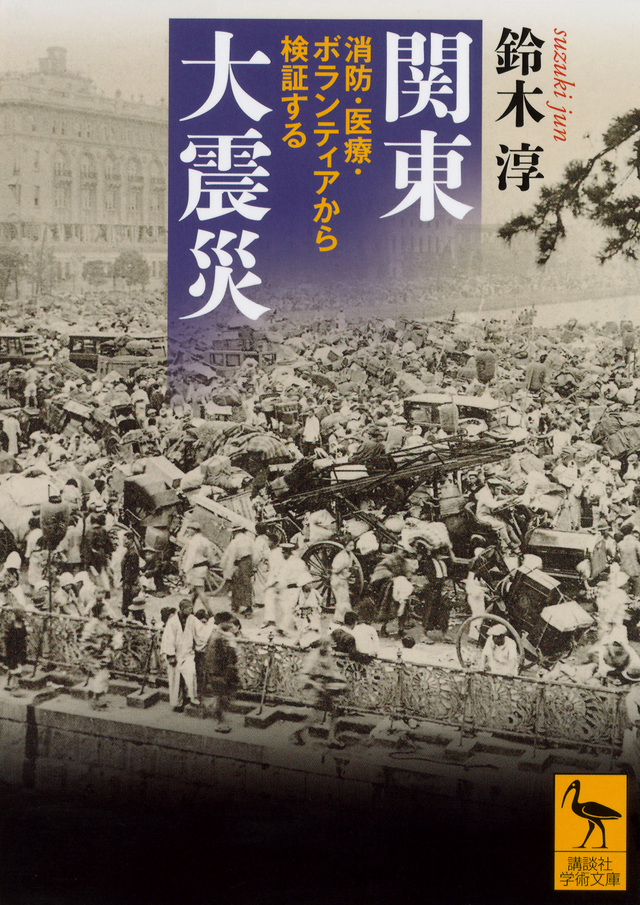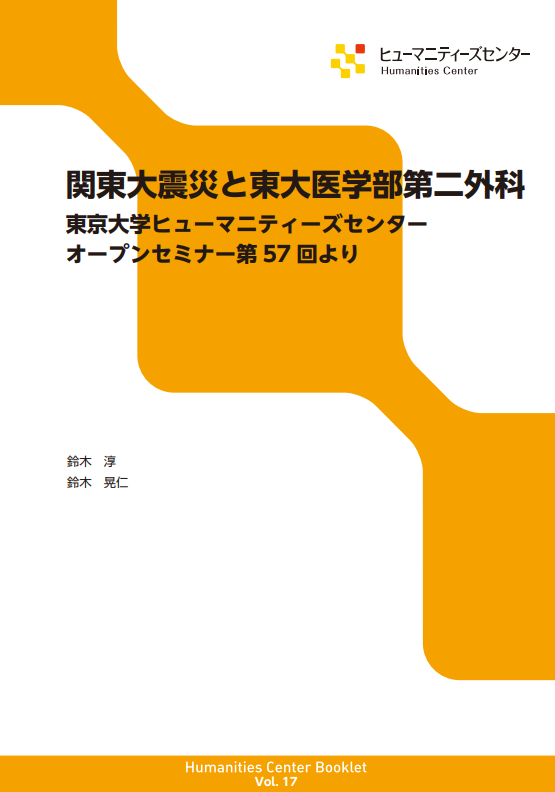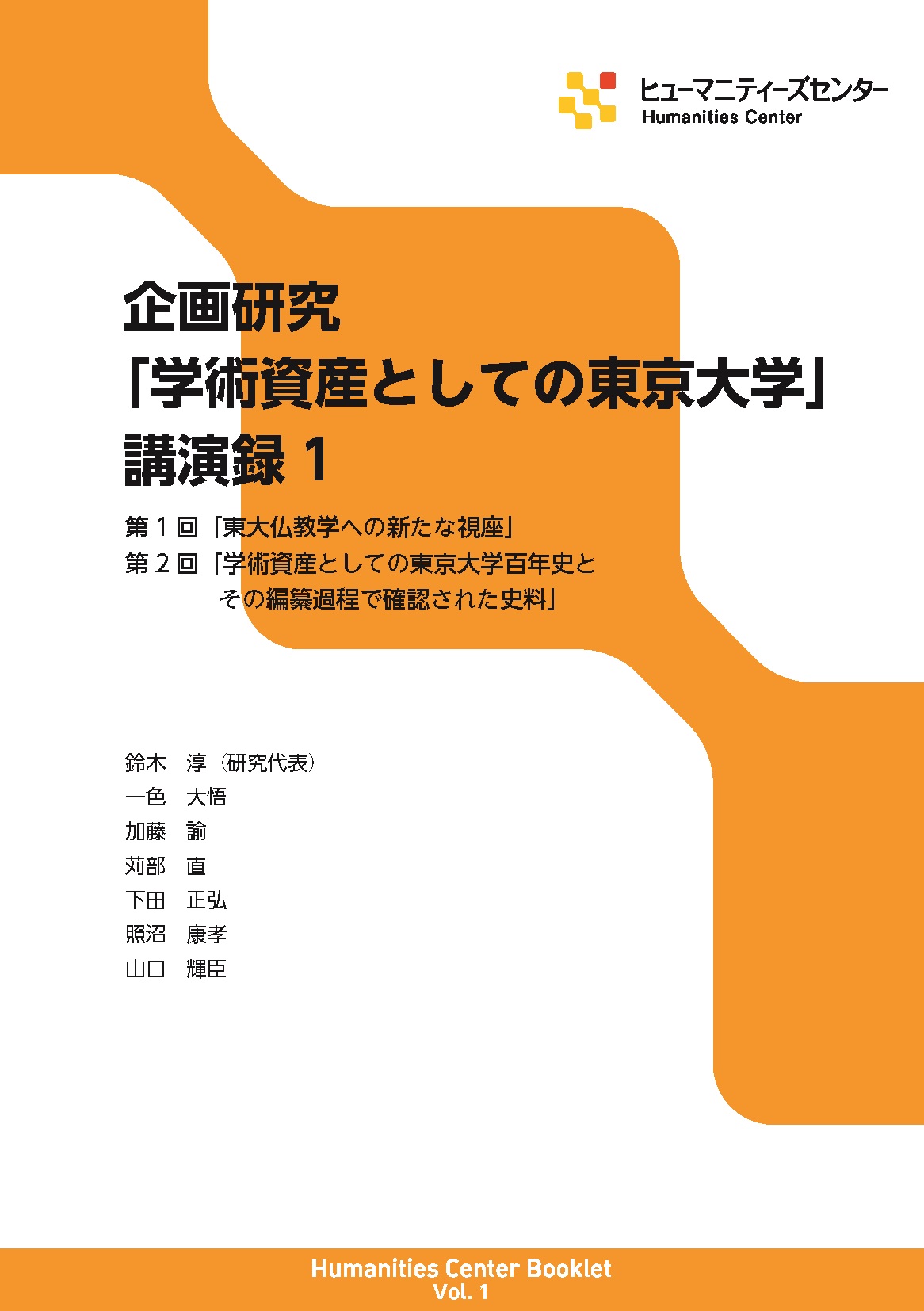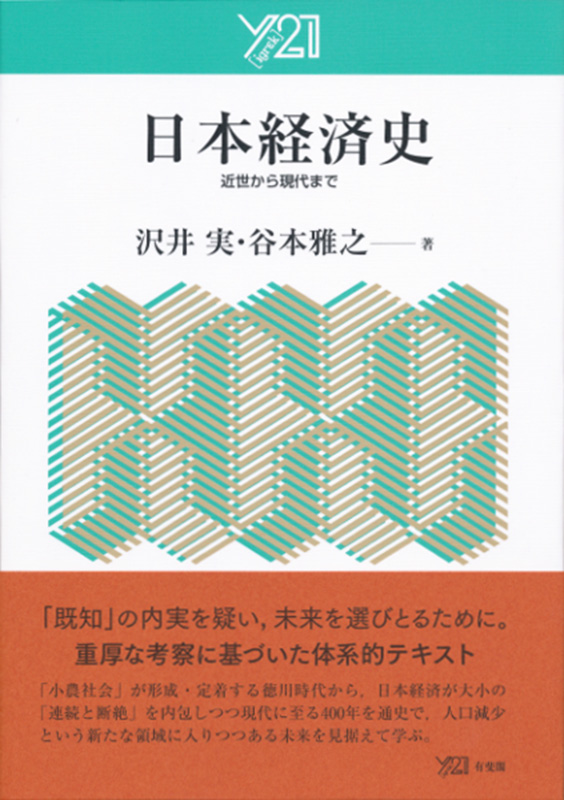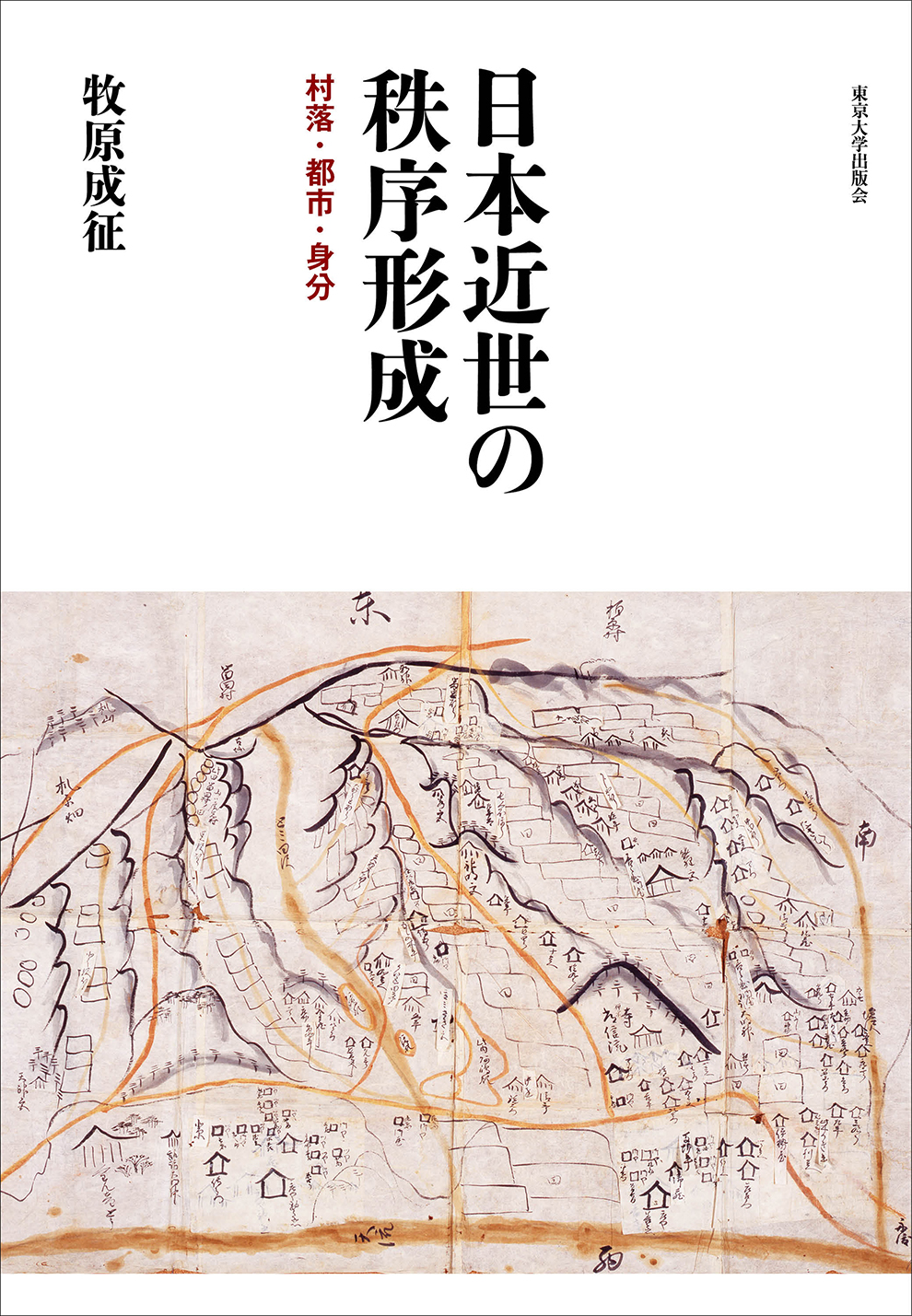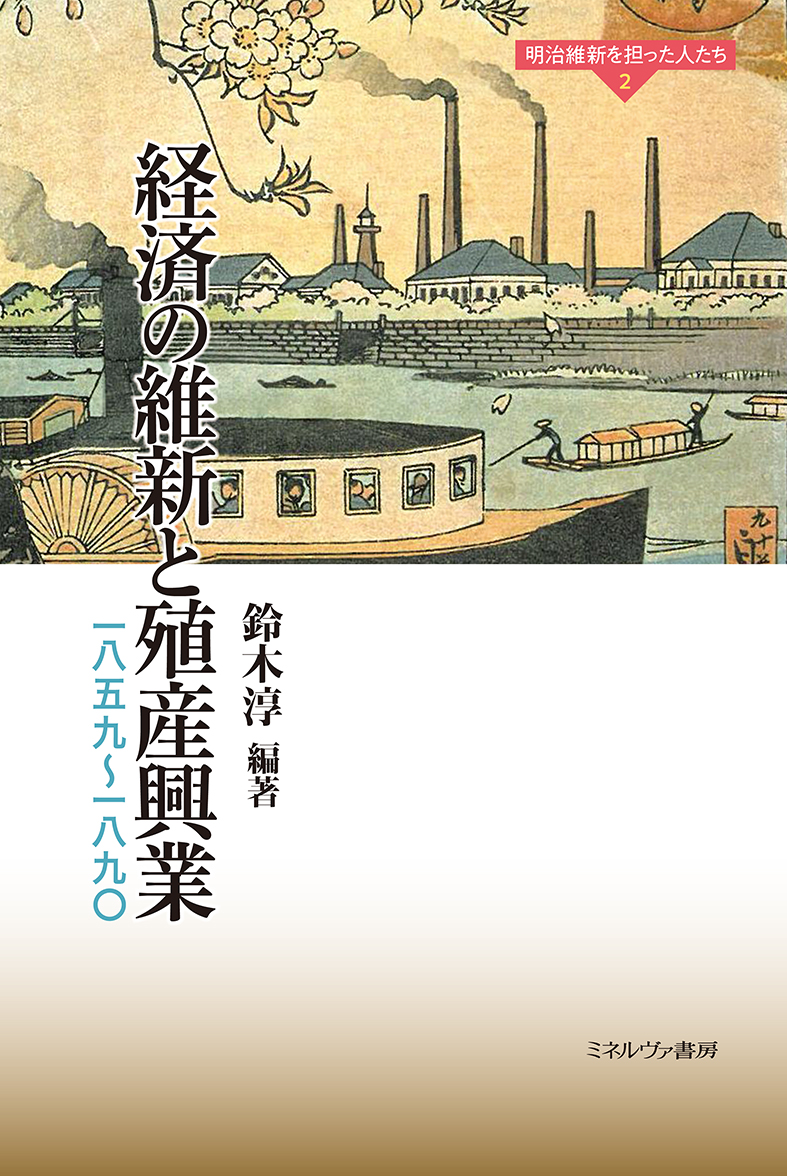
Title
The People of the Meiji Restoration (2) Keizai no Ishin to Shokusan Kogyo (Economic Reform and Industrial Development 1859-1890)
Size
384 pages, 127x188mm
Language
Japanese
Released
May 31, 2022
ISBN
9784623093021
Published by
Minerva Shobo
Book Info
See Book Availability at Library
Japanese Page
This collection of articles attempts to capture the economic transformation that commenced with the opening of ports at the end of the Edo period to the beginning of the Industrial Revolution in Japan, in the context of the people responsible for it. Economic activities during this period have been depicted with a focus on policies, prominent politicians, founders of the business world such as Eiichi Shibusawa and Tomoatsu Godai, who shifted their main activities to Tokyo and Osaka in the Meiji era, as well as corporations and businesses. Consequently, continuity with the Edo period in the region, as well as relationships between businesses tended to be overlooked. In contrast, the basic approach of this book is to focus on people who do not appear in high school textbooks, but played prominent roles in the economic activities of the time, and to include their activities during the Edo period.
Part I examines four of the leaders of projects directly managed by the Meiji government, two former shogunate vassals and the rest former members of great feudal clans. This clarifies the position of their activities as a continuation of the legacy of the activities of the Shogunate and former clans, as well as within their activities leading state projects.
Part II focuses on five activity leaders in the region, three in Honshu and the rest in Hokkaido. In Honshu, we look at the samurai and the peasants, and how they perceived their respective regions and efforts to promote industry. The history of Hokkaido is described in terms of ongoing pioneering ongoing since the Edo period, with farmers who, under the direction of the shogunate, introduced farming village policies of frugality and mutual assistance that began with Ninomiya Sontoku, and a samurai posted to Hakodate as magistrate who would go on to work for the Meiji government's Kaitakushi [the early-Meiji era administrative body of Hokkaido].
Part III examines the economic policy and its conception. In addition to looking at the figures who strived to promote the new industry based on principles of practical Confucian science from the end of the Edo Period and the regional commissioner who developed the "rice payment theory" that urged revision of the principles of the Land Tax Reform. Unlike other chapters of this book, latter two chapters of this part examine the prominent figures Godai Tomoatsu and Ookuma Shigenobu, and presents the concepts and roles of their economic policy in a way that differs from common perceptions to obtain a closer look at the true picture.
This book is the product of a study group supported by the Uehiro Foundation on Ethics and Education. The group consisted of members of the Modern Japanese history seminar at the University of Tokyo’s Graduate School of Humanities and Sociology , former students, and Professor Kashihara Hiroki of the Kansai University Faculty of Economics, who studied public administration at Keio University and produced a wide range of research on the early Meiji Period's industrial and commercial policies, particularly those of the technical bureaucracy. Although we had decided who would address each subject and give a report, the spread of COVID-19 made face-to-face meetings impossible, so proceeded by sharing manuscripts and commenting on them via e-mail. Consequently, some aspects are yet to be adequately consolidated, obscuring the overall picture. But in an environment wherein historians must focus on documents at hand to assigning significance to each individual and their activities rather than seek out other documents, we believe that we have achieved a certain measure of success in capturing the transformation of economic activities during the period within the context of the legacy of the Edo period and broader social conditions. After completing the manuscript as a study group, we sought comments from the editors of the other works in the series and reflected these in the text, focusing on readability for the non-specialist reader. However, with its list of unknown historical figures and writing style it is perhaps not an easy read for a general audience, and unfortunately, the book has not sold well.
(Written by SUZUKI Jun, Professor, Graduate School of Humanities and Sociology / 2023)



 Find a book
Find a book


